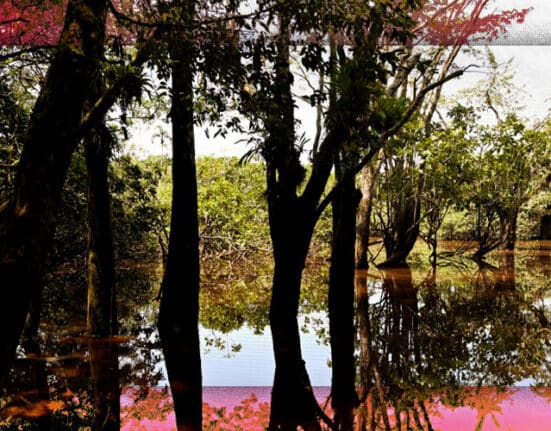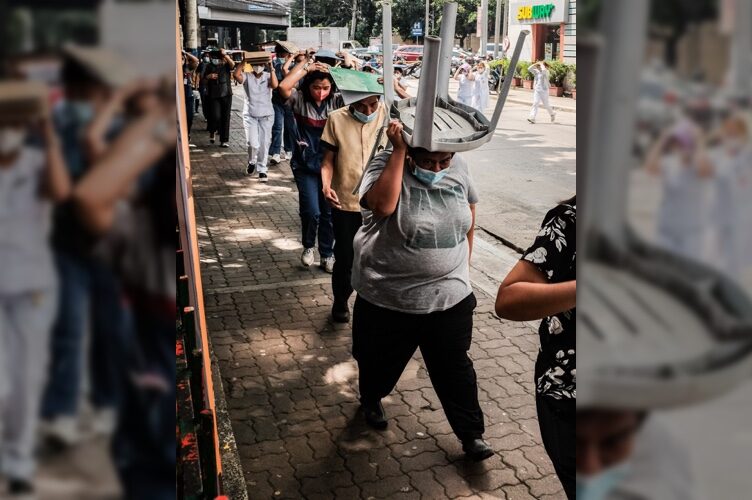THE DEFORESTATION in Brazil’s Amazon rainforest – which has been dubbed by many as the “lungs of the planet” – has slowed by almost half, making it the largest reduction since 2016, based on data from a government satellite.
Within 12 months, the rainforest has lost an estimated 4,300 square kilometers, or nearly a 46% decrease compared to the past.
A 33% increase in tree-cutting by July, however, was also shown. These figures come from the Deter satellite system, which is managed by the National Institute for Space Research.
Brazil’s President Luiz Inácio Lula da Silva previously pledged to a “deforestation zero” by 2030. Since the end of former President Jair Bolsonaro’s term, when forest loss was at a 15-year high, deforestation has seen a large decline.
Before this, Lula had promised in 2022 that he would resume Brazil’s leading role in fighting the climate crisis, putting the country in line with the goals of the COP26 climate conference.
Brazil was one of the 145 nations that vowed to stop deforestation by 2030.
To combat deforestation, Paulo Baretto, a researcher with the Amazon Institute of People and the Environment, has said that there is a need for new protected areas and transparency to keep track of where slaughterhouses are getting their cattle from.
This is because, at present, cattle ranching is the leading cause of the Amazon’s deforestation, according to a report by the Manila Bulletin.
While previously, only law enforcement was being done to deter deforestation, further government action will be taken to support sustainable productive activities, as stated by Brazil’s Environment and Climate Change Minister Marina Silvia with Brasilia.
It is, however, still highly possible that the rainforest might reach its tipping point by 2050, according to a study from the Nature journal. This is due to several factors such as global warming, changing rainfall, prolonged dry season, deforestation, and forest fires.
Drought, forest fires
The Amazon rainforest can be found in the Amazon biome, stretching for over 2.7 million square miles, based on information from Britannica. The majority of the rainforest – at least 60% – can be found in Brazil.
Millions of people from different ethnic groups also reside within it.
Previously, people grew alarmed at the state of the rainforest following news about multiple forest fires within different areas of the Amazon.
There has been a recent resurgence of fires largely due to El Niño. Marcio Astrini, the executive secretary of Brazil’s Climate Observatory, explained that El Niño has made the forest fire season even worse in the Amazon.
BBC News also reported in January 2024 that the rainforest suffered its worst-ever drought in at least half a century. This comes as a direct result of the Amazon’s deforestation.
Researchers have since explained that even though droughts were expected, this one had been “exceptional.”
Now more than ever, there is a dire need to take action. According to European atmospheric monitoring service Copernicus, the fires in Brazil have released the highest amount of carbon dioxide in over two decades – and that’s just for last February.
How useful was this post?
Click on a star to rate it!
Average rating 0 / 5. Vote count: 0
No votes so far! Be the first to rate this post.
We are sorry that this post was not useful for you!
Let us improve this post!
Tell us how we can improve this post?









